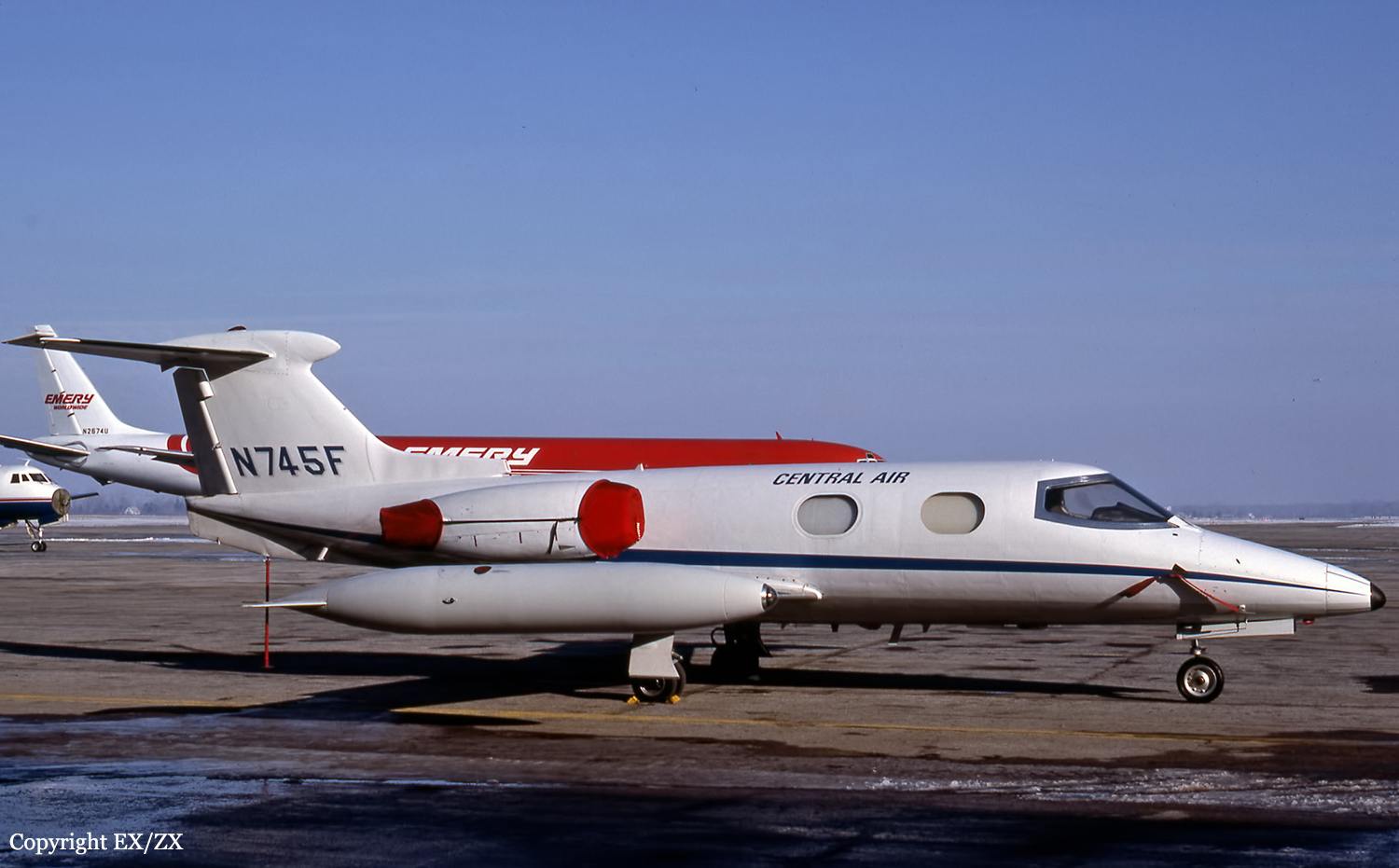Crash of a Travel Air 4000 in Lodi
Date & Time:
Jul 25, 1989 at 0715 LT
Registration:
N1592
Survivors:
Yes
Schedule:
Lodi - Lodi
MSN:
288
Crew on board:
1
Crew fatalities:
Pax on board:
0
Pax fatalities:
Other fatalities:
Total fatalities:
0
Captain / Total hours on type:
1300.00
Aircraft flight hours:
6413
Circumstances:
According to the operator of the spray operation, the pilot became distracted, when he was watching the grower drive out of the field he had sprayed. While he was watching the vehicle, he inadvertently allowed the aircraft to collide with power lines. There was no reported mechanical malfunction.
Probable cause:
The failure of the pilot to see and avoid power lines, while distracted by a moving vehicle on the ground.
Final Report:





